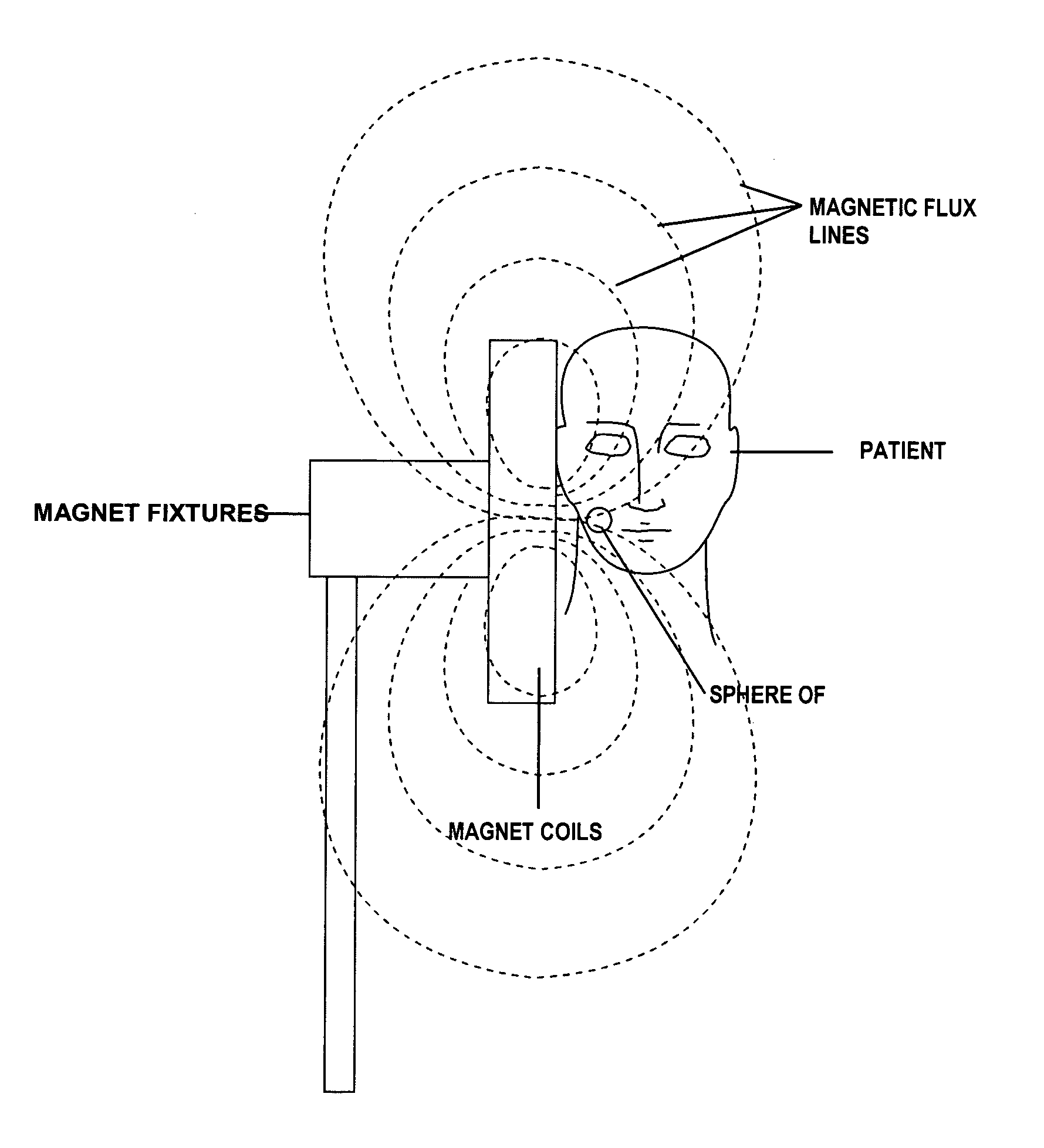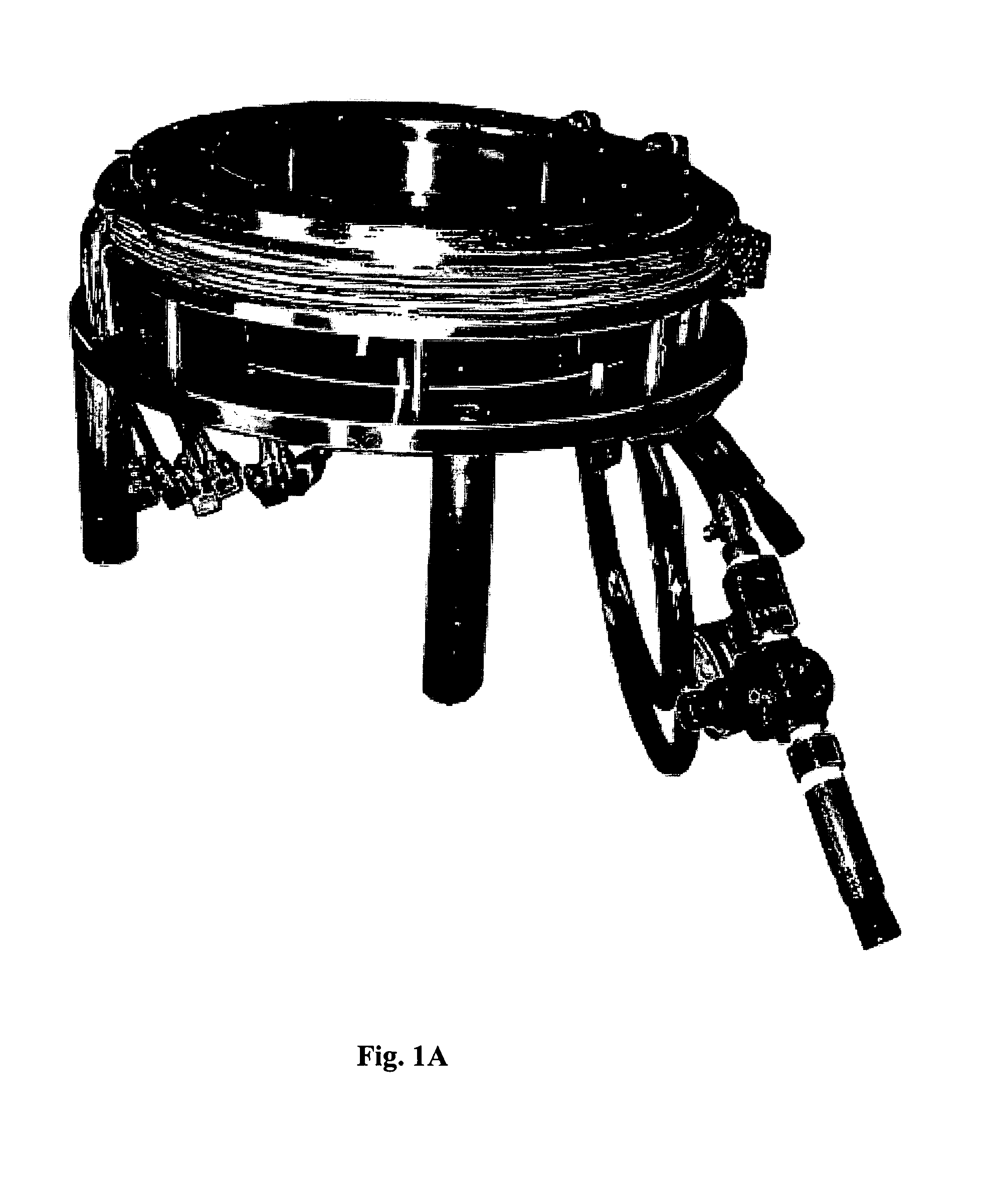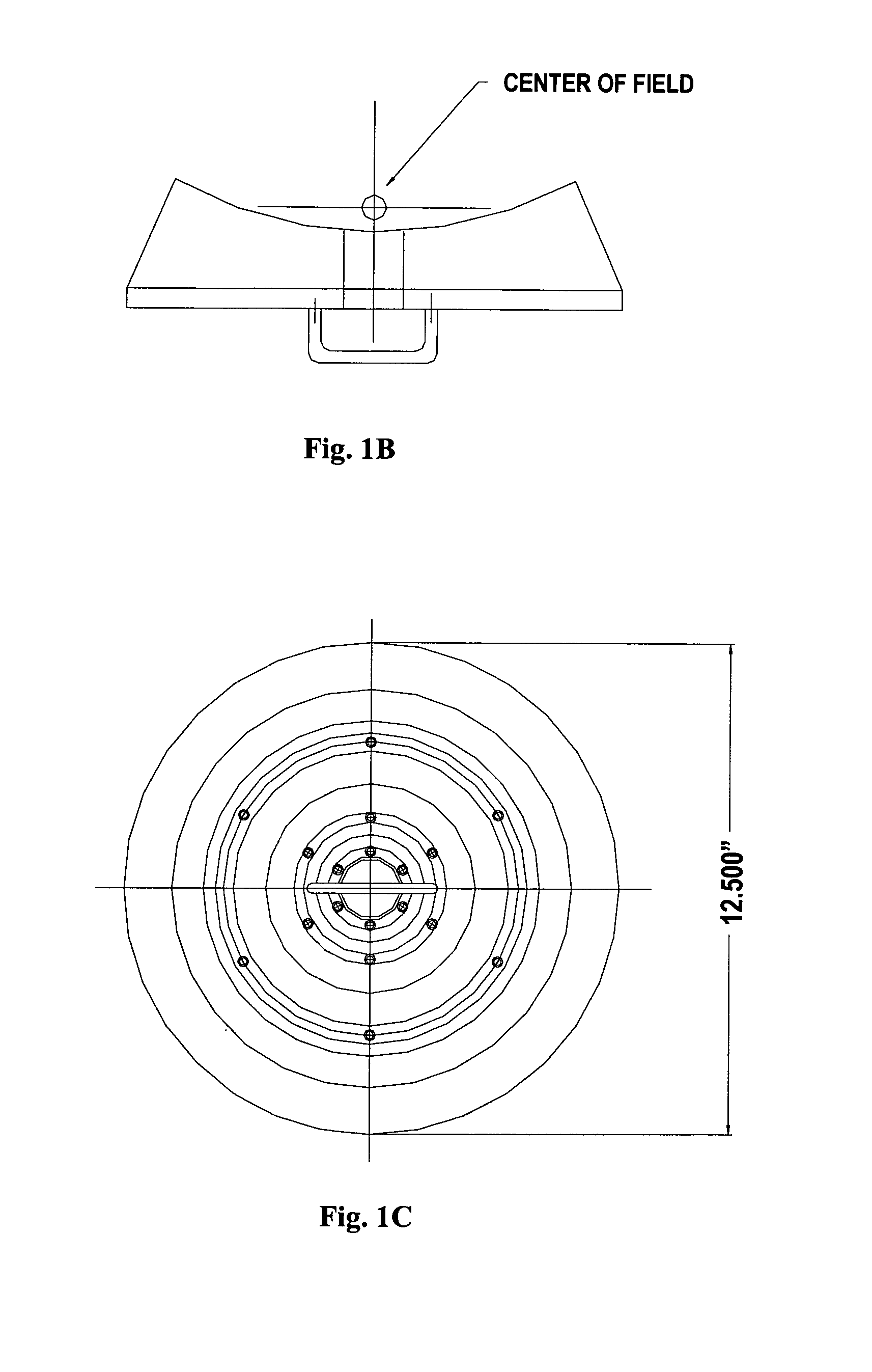Methods and apparatus for post-exposure determination of ionizing radiation dose
a technology of ionizing radiation and determination method, which is applied in the direction of instruments, using reradiation, and measuring using electron paramagnetic resonance, etc., can solve the problems of compromising the effectiveness of further action and/or treatment, the difficulty of radiological injury is the delay in onset of clinical symptoms, and the immediate vicinity may have been exposed to potentially life-threatening doses, etc. , to achieve the effect of maximizing the amount of enamel, rapid and comfortable positioning of the subj
- Summary
- Abstract
- Description
- Claims
- Application Information
AI Technical Summary
Benefits of technology
Problems solved by technology
Method used
Image
Examples
Embodiment Construction
[0118]The present invention recognizes the critical need for in-vivo radiation dosimetry assessment methods as well as the concomitant requirement for a transportable apparatus that may be employed in the field quickly, easily and effectively following a potentially harmful radiation exposure incident. Accordingly, the various embodiments of the present invention are directed to in-vivo dosimetry and ionizing radiation assessment methods; and provide an apparatus that may be readily deployed—if and when necessary—in a portable / mobile form for use in field operations for the making of radiation exposure dose estimates and for post-exposure clinical decision making for the living individuals on-site.
[0119]It will be noted and appreciated that the present invention provides and employs a magnet with a region of sufficient homogeneity that is located appropriately in the mouth when the subject's head rests against the surface of the magnet. The preferred weight of the magnet and its pow...
PUM
 Login to View More
Login to View More Abstract
Description
Claims
Application Information
 Login to View More
Login to View More - R&D
- Intellectual Property
- Life Sciences
- Materials
- Tech Scout
- Unparalleled Data Quality
- Higher Quality Content
- 60% Fewer Hallucinations
Browse by: Latest US Patents, China's latest patents, Technical Efficacy Thesaurus, Application Domain, Technology Topic, Popular Technical Reports.
© 2025 PatSnap. All rights reserved.Legal|Privacy policy|Modern Slavery Act Transparency Statement|Sitemap|About US| Contact US: help@patsnap.com



